In Nepal, community involvement in infrastructure planning is notably rare. The voices and needs of ordinary citizens are often overlooked during the planning and construction of roads, resulting in a predominant focus on motorized transport rather than non-motorized options. While the construction of wide, paved roads is frequently hailed as a sign of development, this perspective raises crucial questions: Is this truly beneficial for everyone? Are the daily commuting problems of citizens being addressed? The reality is that the majority of people in Nepal rely on public transportation and need to walk or cycle to their destinations. However, current road construction practices prioritize cars and motorcycles, relegating footpaths and cycle lanes to secondary considerations. This approach fails to serve the needs of the majority. The solution to this issue is straightforward: involve communities in the planning process and adopt a bottom-up approach rather than a top-down one.
One such mobility plan that embraces the bottom-up approach and focuses on non-motorized modes rather than motorized transportation is the Sustainable Urban Mobility Plan (SUMP). A SUMP is a strategic plan designed to create a more sustainable urban transport system. It addresses various issues related to mobility, environmental impact, and quality of life in urban areas, aiming to shift urban transport towards a more sustainable model by prioritizing environmentally friendly, efficient, and accessible modes of transportation.
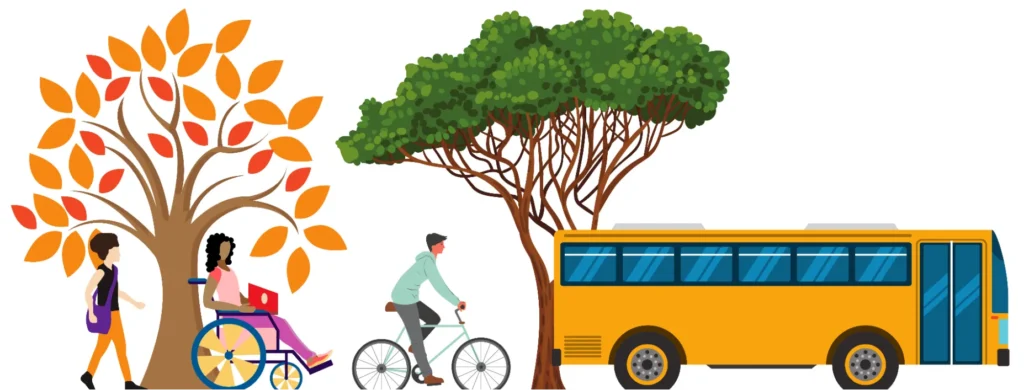
Green Decision Labs and Research, in collaboration with Sano Paila and Cycle City Network Nepal, initiated a two year project funded by GIZ under IKI for sustainable urban mobility in Birendranagar. During the planning process, we adhered to the principles of sustainable mobility instead of the traditional mobility plan, emphasizing community involvement. During the initial phase of the project, we conducted a community engagement program in Ward-6 of Birendranagar. Here, residents were educated about sustainable urban mobility, its importance, and our plans for Birendranagar.
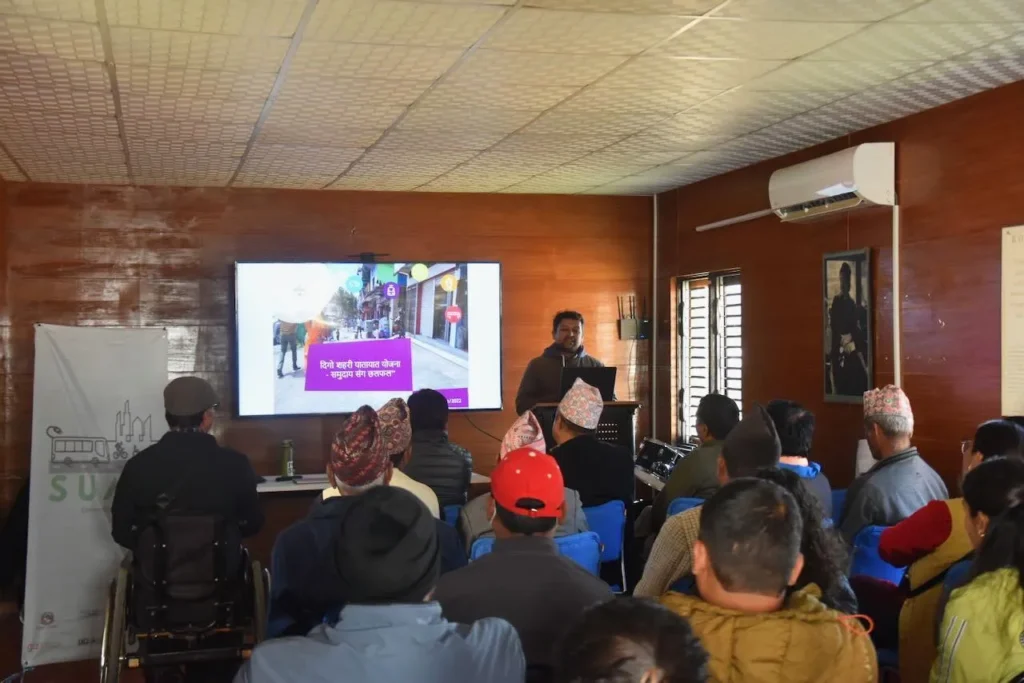
This session also served to understand the transportation and commuting challenges faced by the people of Ward 6. The workshop comprised four distinct activities. The first activity involved a Strengths, Weaknesses, Opportunities, and Threats (SWOT) analysis of Birendranagar’s transportation system. Participants were provided with topographic maps of all wards and tasked with identifying strengths, weaknesses, opportunities, and threats related to the existing mobility systems. They used color-coded sticky notes to list these aspects.The next activity focused on root cause analysis. Participants chose one problem and delved deeply to identify its concrete cause using the “5 Whys” technique. This method encouraged participants to thoroughly explore their identified problem and unveil its underlying causes. After establishing the root cause, participants brainstormed and proposed solutions to address it. Finally, in the last activity, participants identified key stakeholders who could assist in resolving the identified issues. This step aimed to recognize and engage relevant stakeholders who could contribute to implementing the proposed solutions.
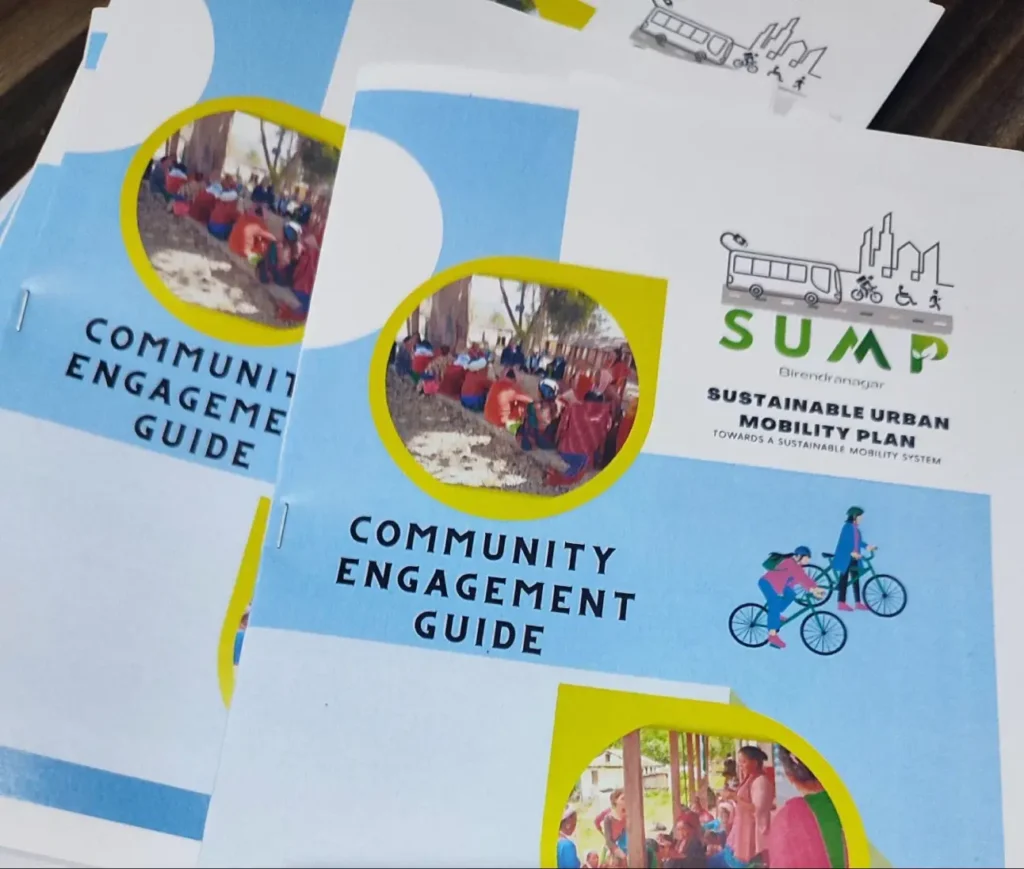 |
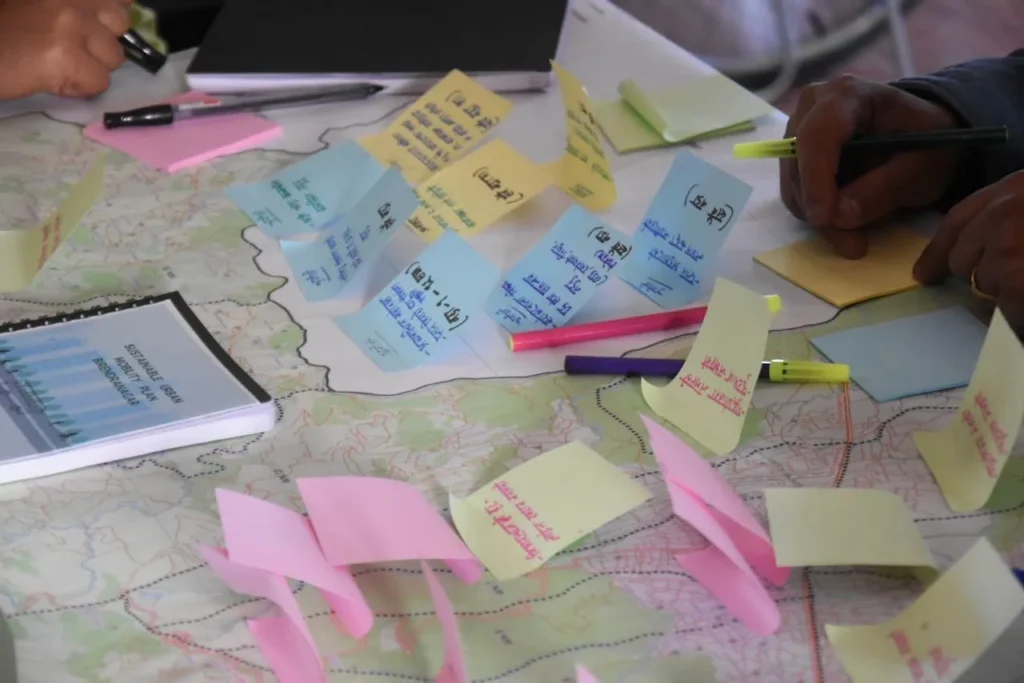 |
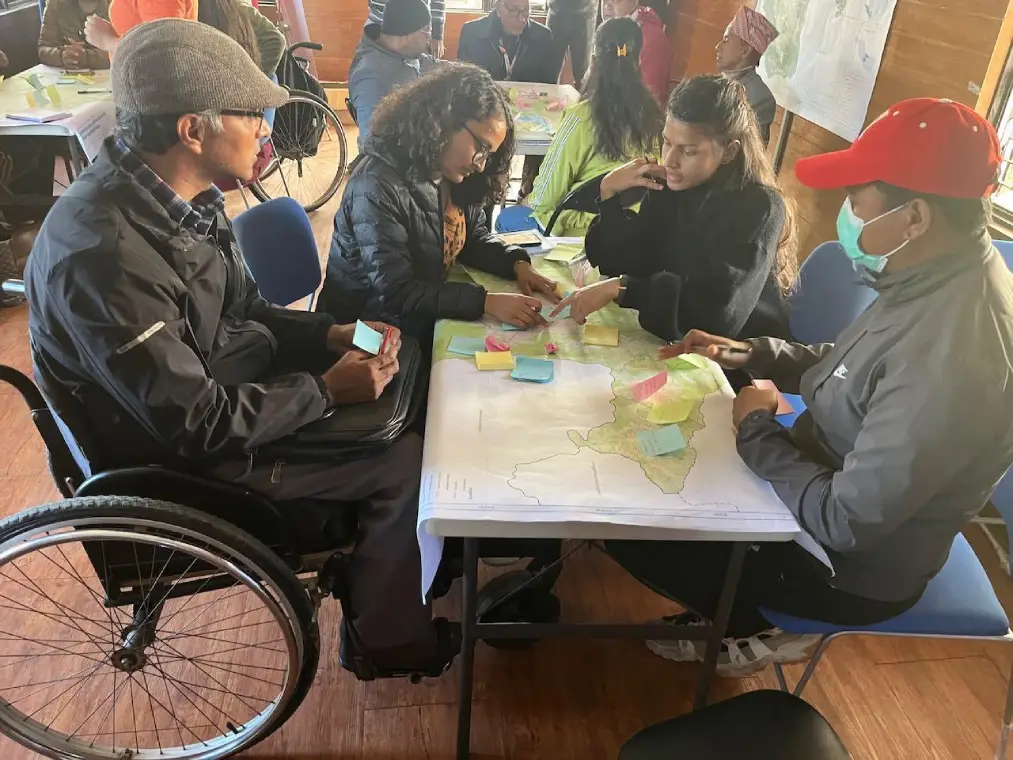
Similar sessions were conducted in other wards of Birendranagar, with a total of 254 attendees participating. By involving the community and focusing on sustainable urban mobility, we are paving the way for a more inclusive and efficient transport system that serves the needs of the majority, not just those with motorized vehicles. This bottom-up approach ensures that real problems are addressed and that solutions are rooted in the actual needs of the people. The community engagement demonstrates that sustainable urban mobility is not just a theoretical concept but a practical approach that can be implemented with the active participation of the community. By continuing to prioritize non-motorized modes of transport and engaging citizens in the planning process, Birendranagar can set a precedent for other cities in Nepal and beyond. This inclusive approach not only enhances mobility but also improves the overall quality of life, ensuring that development truly benefits everyone.
This blog post “Involving Community in the Sustainable Urban Mobility Plan of Birendranagar” is written by Sampada Shrestha, Research Officer of GD Labs and Research.
